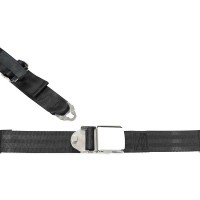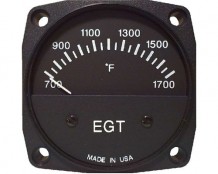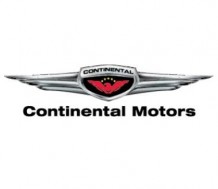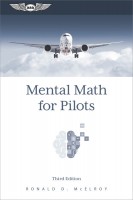1-877-795-2278 | info@aircraftspruce.ca
Aircraft Spruce Canada
Brantford, ON Canada
Corona, CA | Peachtree City, GA
Chicago, IL | Wasilla, AK
Aircraft Spruce Canada
Brantford, ON Canada
Corona, CA | Peachtree City, GA
Chicago, IL | Wasilla, AK
FREE SHIPPING ON ORDERS OVER $699 (SOME EXCLUSIONS APPLY) | 877-795-2278
Pb4Y-2 Privateer Model
$358.00/Each
Part# 13-10586
MFR Model# APB4Y
MFR Model# APB4Y
Overview
|
During World War II, the United States Navy (USN) acquired unmodified B-24 Liberator aircraft, used under the name PB4Y-1 Liberator, due to the need for longer ranges and increased use of land-based types, particularly for Arctic and other northern wintertime operations. While the type has performed very well for the USN as a maritime patrol plane, it was originally designed for the US Army Air Corps. In 1943, a decision was made to “navalize” the aircraft as a dedicated long-range patrol bomber. Three B-24s were taken off the assembly line and were reconfigured with longer fuselages, increased defensive armament, modified engine cowlings and a distinctive, single vertical tail. The resulting aircraft was the dedicated, long-range patrol bomber PB4Y-2 Privateer, designed to operate for long times over water in an anti-shipping or anti-submarine role. The Navy took 739 planes, though few reached front line service by Victory Over Japan Day. The PB4Y-2 was delivered to Navy squadrons beginning in May 1944 and taken into Pacific theater combat operations in January 1945, gradually replacing the Liberator. While serving in the Korean War, the Privateer earned the nickname “Lamp Lighter” for its role of dropping parachute flares in “Firefly” missions. Recipe for a Privateer: Take one B-24, replace the twin tails with a high single fin, extend the fuselage 7 ft, and add a crew of 11. Spice it with Martin dorsal turrets, Erco nose turrets and waist blisters. |
Q&A
Please note, Aircraft Spruce Canada's personnel are not certified aircraft mechanics and can only provide general support and ideas, which should not be relied upon or implemented in lieu of consulting an A&P or other qualified technician. Aircraft Spruce Canada assumes no responsibility or liability for any issue or problem which may arise from any repair, modification or other work done from this knowledge base. Any product eligibility information provided here is based on general application guides and we recommend always referring to your specific aircraft parts manual, the parts manufacturer or consulting with a qualified mechanic.

 Aircraft Spruce Canada
Aircraft Spruce Canada










